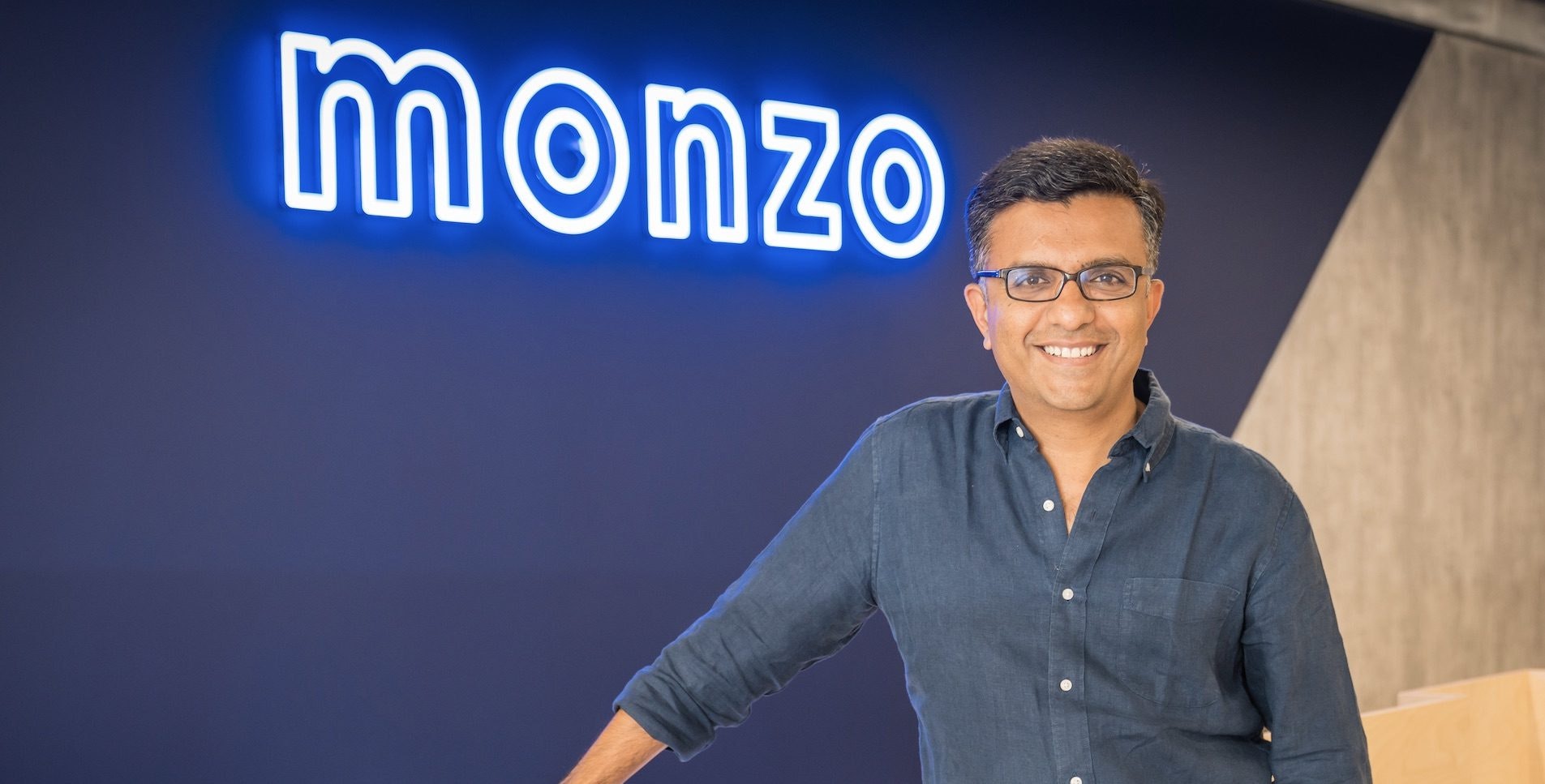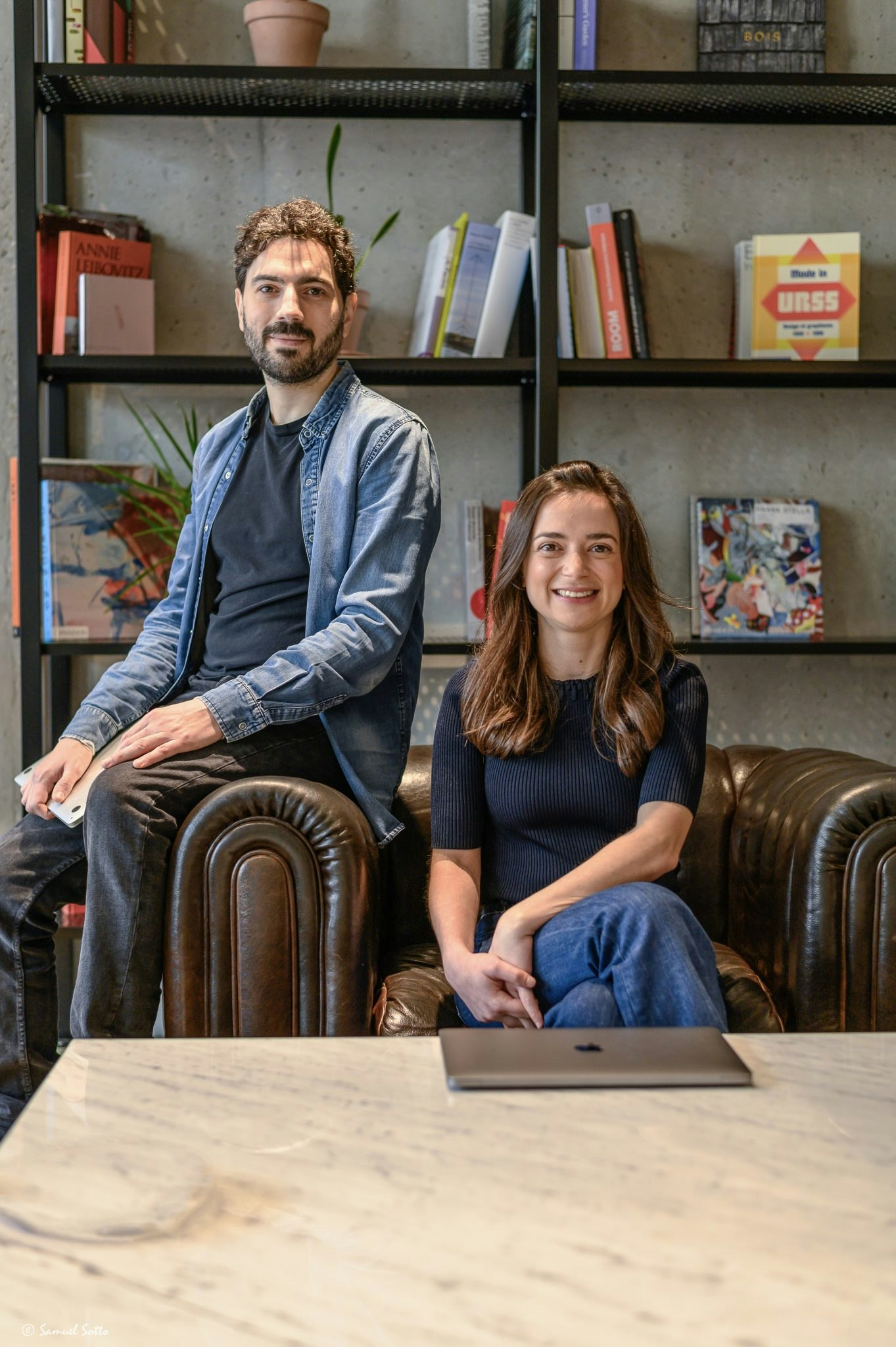German neobank N26 is one of many tech companies that’s had to eat some humble pie in recent years.
Once Germany’s most valuable startup (it lost that crown in 2022 to SaaS company Celonis), the company has had to U-turn on expensive international expansions, pay hefty fines to its national regulator for rule breaches and face a raft of senior exec departures, as the promise of a 2023 IPO never materialised.
But you wouldn’t know it from talking to founder and CEO Valentin Stalf. He says an IPO for N26 is now three to five years away, and that the equity story the company would tell investors at the point of listing is already “super clear”.
“We would be the most modern bank with the best margin on the market, with super strong growth, good revenues, good margins and a straightforward, lean balance sheet,” he says.
These are certainly lofty goals for a neobank that is still under tight supervision from the German financial regulator BaFin. In September 2021, it fined N26 €4.25m for failing to install effective money-laundering controls and limited its growth to 50k new customers a month, compared with the 170k a month it had been winning previously.
But things are starting to look up: BaFin recently loosened this growth cap slightly to allow N26 to acquire 60k customers a month and Stalf is now hoping it’ll be fully released in the near future.
But with public markets still on ice, N26 has got its work cut out if the company is to hit its CEO’s latest timeline for an IPO.
The path to profitability
Stalf says he’s expecting N26 to reach profitability on a monthly basis in the latter half of this year, an essential ingredient for any company wishing to go public.
N26’s losses increased by 24% to €213.4m in 2022, in part due to spending on regulatory compliance. But there are signs that the fintech, valued at $9bn at its last funding round, is turning things around.
N26 managed to halve its losses to €100m in 2023. And says it expects its gross revenue to have grown by 30% to €300m, due to increased account usage and customer activity, says Stalf.
Product
Since N26 can’t grow significantly at the moment on absolute customer numbers, the company is focusing on expanding its product portfolio to squeeze more revenue out of the ones it has.
Investors and market watchers have long noted that N26 needed to up its game on the product front to bring in more revenue and keep pace with the competition of other neobanks.
The company’s strategy, says Stalf, has always been to provide a full suite of financial services to customers that go beyond daily banking. He points to products such as N26 credit, which offers loans to customers, and N26 savings, which offers accounts at 2.26% interest to customers in Spain and 2.6% in Germany and was rolled out last year.
In 2023, N26 launched a crypto offering, though it was pretty late to the party given competitor Revolut launched its own crypto product five years prior. And last month, N26 rolled out its long-awaited stocks and ETF investment product in Austria, with plans to expand it to Germany later this year.
"Short term, I think trading is a great way to bring in revenue, but we don't optimise the product for big profit,” says Stalf.
He adds that trading is part of the strategy to get customers to use more N26 products and sign up for premium subscriptions, which make up 30% of the company’s total revenue. N26 offers three premium accounts ranging from €4.90 to €16.90 a month. The most popular is the mid-priced ‘You’ subscription which costs €9.90 a month and offers free cash withdrawals abroad and travel insurance.
But competitive pressure is heating up in the German banking sector. Online broker Trade Republic, for example, offers savings accounts and was granted a full EU banking licence in December, meaning the fintech can hold customer deposits and also create a lending business.
Stalf says he doesn’t see Trade Republic, or any other company for that matter, as a threat to N26.
“More competition in the challenger banking market would be great. In general, there are too few players… And that’s true for retail banking. That's true for brokerage, for credit and actually all verticals,” he says.
“I think the biggest obstacle we still need to tackle is that 90-95% of German customers are still banking with the traditional players… And so the question is, where will these clients go in the future to do their investment or savings plans? In the end, if we acquire 5% of the market and Trade Republic acquires 5%, we are still one of the biggest players in Europe.”
Team
N26 has struggled over the past few years with high executive turnover, but Stalf says this has now been brought under control and he’s confident that the team he now has in place is the right one to take the company public.
The average turnover for C-suite executives at N26 is five and a half years, N26 said in a separate statement. And last year the bank appointed three new C-suite members: Carina Kozole — former head of credit risk operations at HypoVereinsbank, a subsidiary of Uni Credit — as chief risk officer, Juan Bongiovanni — former head of growth and marketing at Trade Republic — as CMO, and Arnd Schwierholz, formerly CFO at global mobility provider Flix and German airline Air Berlin, as CFO.
“We’ve obviously transformed our C-suite in the last year, with some people who have been with us super long leaving. And the people that are in the team now have been selected to bring this company public,” says Stalf.
He adds that he would also be keen to stay on as CEO after the IPO but that the decision ultimately lies with the board.
Markets
N26 tried the whole going global thing — a very costly experiment that saw the fintech retreating from the UK, US, and most recently, Brazil. Its focus is now exclusively on Europe.
I think the global vision that we had earlier is factually super difficult to realise with the different local regulations.
“I think the global vision that we had earlier is factually super difficult to realise with the different local regulations,” says Stalf.
In Europe, N26 has a total of 8m customers, but only 4.2m of those are “revenue relevant”, classed as those who have gone through the fintech’s KYC process and have an open account with N26.
The bank is present in 24 countries, though 75% of its total customers are based in Germany, France, Italy and Spain — raising questions over the promise of the remaining 20 markets, which make up just a quarter of the company’s customer base.
Stalf says that all N26’s markets show positive unit economics and have big growth opportunities.
“There’s little additional complexity or scaling costs to operate in the markets where we currently have a smaller presence. There are no plans to exit any of these markets, but instead, to intensify and grow our presence in the future,” he adds.
Looking ahead
For now, N26 will be busy this year with getting to profitability, rolling out its investment and savings products in other European markets and launching joint accounts for customers in the second quarter of this year.
And, if there’s one thing Stalf has learnt from building a business in his home country, it’s that you can’t cut any corners when it comes to working with national regulators.
As a leader in European fintech and neobanking, we just need to accept that we need to be fulfilling regulation 200%.
“If you want to see something positive about the restrictions we have, we now have a really proactive relationship with the regulator,” says Stalf.
“And I think going forward as a leader in European fintech and neobanking, we just need to accept that we need to be fulfilling regulation 200%.”


